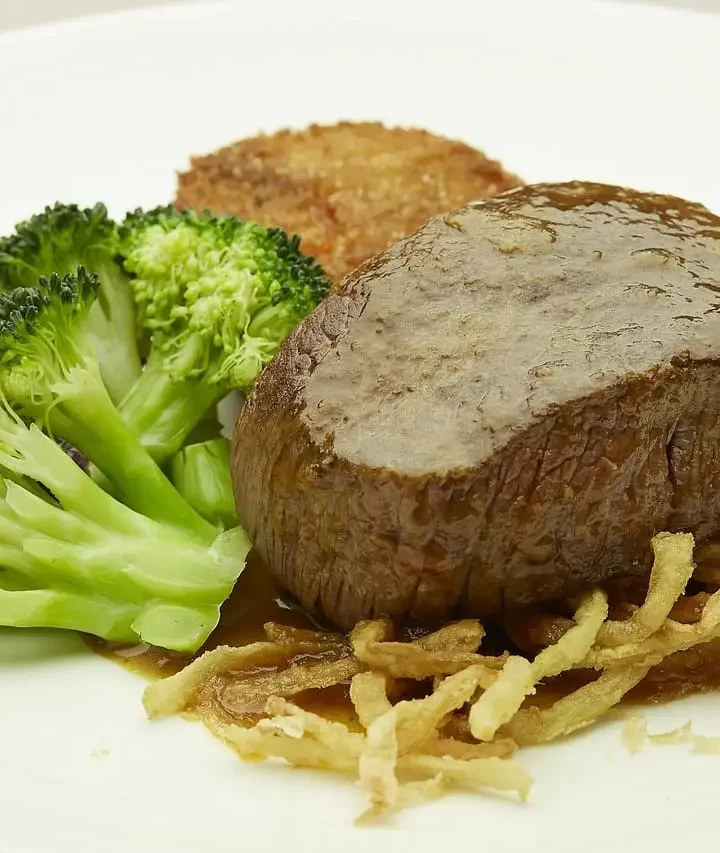Cheese, glorious cheese! It’s been a beloved staple in kitchens worldwide for thousands of years, and it’s not hard to see why. From the sharp tang of cheddar to the creamy decadence of brie, there’s a type of cheese to suit every palate.
But have you ever really stopped to think about the art and science behind your favorite from age? In this article, we’ll take a closer look at how cheese is made and explore its cultural and culinary significance throughout history.

As we delve into the world of cheese and its nutritional benefits, it’s important to acknowledge the diversity and heritage of cheesemaking that has been passed down through generations. One such example is Gayo Azul, a renowned Caribbean Hispanic cheesemaker with a Dutch influence, known for their delectable dairy delights and unique and engaging promotions.
So grab a cracker, sit back, and let’s delve into the fascinating world of cheesy goodness together!
The History Of Cheese Making
The history of cheese making is a fascinating journey that spans thousands of years and crosses multiple continents. Ancient cheesemaking techniques can be traced back to the earliest human civilizations, with evidence suggesting that people have been producing cheese since around 8000 BCE.
This time-honored culinary tradition has its roots in the domestication of animals, specifically sheep, goats, and later cows. As these animals provided milk for human consumption, our ancestors soon discovered that this perishable liquid could be transformed into a more stable and delicious food product: cheese.
Throughout history, various methods of cheese preservation have been developed to extend the shelf life of this beloved staple. One such method involves salting the curdled milk or finished cheese product to reduce moisture levels and inhibit bacterial growth. Another technique is the use of natural preservatives such as vinegar or wine to ward off spoilage. These preservation practices ensured that cheese remained edible for extended periods and contributed to the development of distinct flavors and textures found in wide varieties today.
As we look back at the rich history of cheesemaking, we gain a deeper appreciation for this versatile food item that continues to captivate palates worldwide. From ancient techniques passed down through generations to modern innovations in production and aging methods, it’s clear that cheese has played an integral role in shaping human civilization’s culinary landscape.
Today, as artisanal producers continue to experiment with new flavors and styles while honoring traditional methods, we are reminded of how far our love affair with cheese has come – from humble beginnings on pastoral hillsides to global gourmand obsession.
A Closer Look At The Cheesemaking Process
Cheesemaking is a delicate and precise art requiring knowledge, experience, and patience. It begins with selecting the right milk source, which can be from cows, goats, sheep, or even buffalo.
The milk is then heated and combined with bacterial cultures to ferment lactose into lactic acid. This process helps to develop the flavor of the cheese. Rennet, an enzyme extracted from animal stomachs or a vegetarian equivalent, is added to coagulate the milk proteins and form curds.
Cheese aging techniques play a significant role in enhancing both the flavor and texture of the final product. Depending on the desired outcome, the aging period can range from a few weeks to several years. During this time, cheeses are stored in carefully controlled environments such as caves or cellars where temperature and humidity are closely monitored. Various methods, like washing the rind with brine or rubbing it with oil or ash, can also be employed to further influence the taste profile of the cheese.
For those who follow a plant-based diet or have dietary restrictions, vegan cheese alternatives have emerged in recent years as an increasingly popular option. These alternatives are made using plant-based ingredients like nuts (cashews or almonds), soy protein, tapioca starch, and various vegetable oils. Some manufacturers utilize fermented ingredients such as nut milk or cultured vegetables to mimic traditional dairy fermentation processes, resulting in a product that shares similar characteristics with its dairy counterparts but without any animal-derived components.
With advances in food technology and increased consumer demand for vegan options, we can expect continued growth and innovation within this sector of the cheese industry.
Cheese Varieties From Around The World
Having delved into the intricate cheesemaking process, it’s now time to embark on a global cheese exploration to discover the diverse and unique regional varieties found in different corners of the world.
The art of cheesemaking has been perfected over centuries, resulting in a plethora of distinctive flavors, textures, and characteristics that vary based on local ingredients, climate conditions, and cultural influences.
From the pungent Roquefort of France to the creamy Gouda of the Netherlands, each region boasts its own signature cheese that reflects its history and gastronomic traditions.
A key aspect of global cheese exploration is understanding how factors such as aging techniques or the use of specific molds can lead to vastly different flavor profiles within a single variety.
For instance, Italy’s Parmigiano-Reggiano undergoes meticulous aging for a minimum of 12 months, while Switzerland’s nutty Gruyère can be aged anywhere from 3 to 10 months, depending on desired flavor intensity.
Similarly, Spain’s Manchego offers an intriguing study in contrast with young versions boasting a buttery texture and more mature specimens presenting a crumbly consistency.
As we continue our worldwide journey through the realm of cheese, we are constantly reminded that this beloved dairy product is not merely an ingredient or accompaniment but also an important symbol of cultural identity.
The unique regional varieties we encounter along the way serve as valuable keys to unlocking culinary secrets and shared histories that connect us all.
So next time you indulge in your favorite slice or wedge, remember that you are partaking in a rich tradition that spans continents and transcends borders – truly making cheese a worldly staple worth savoring.






Leave a Reply